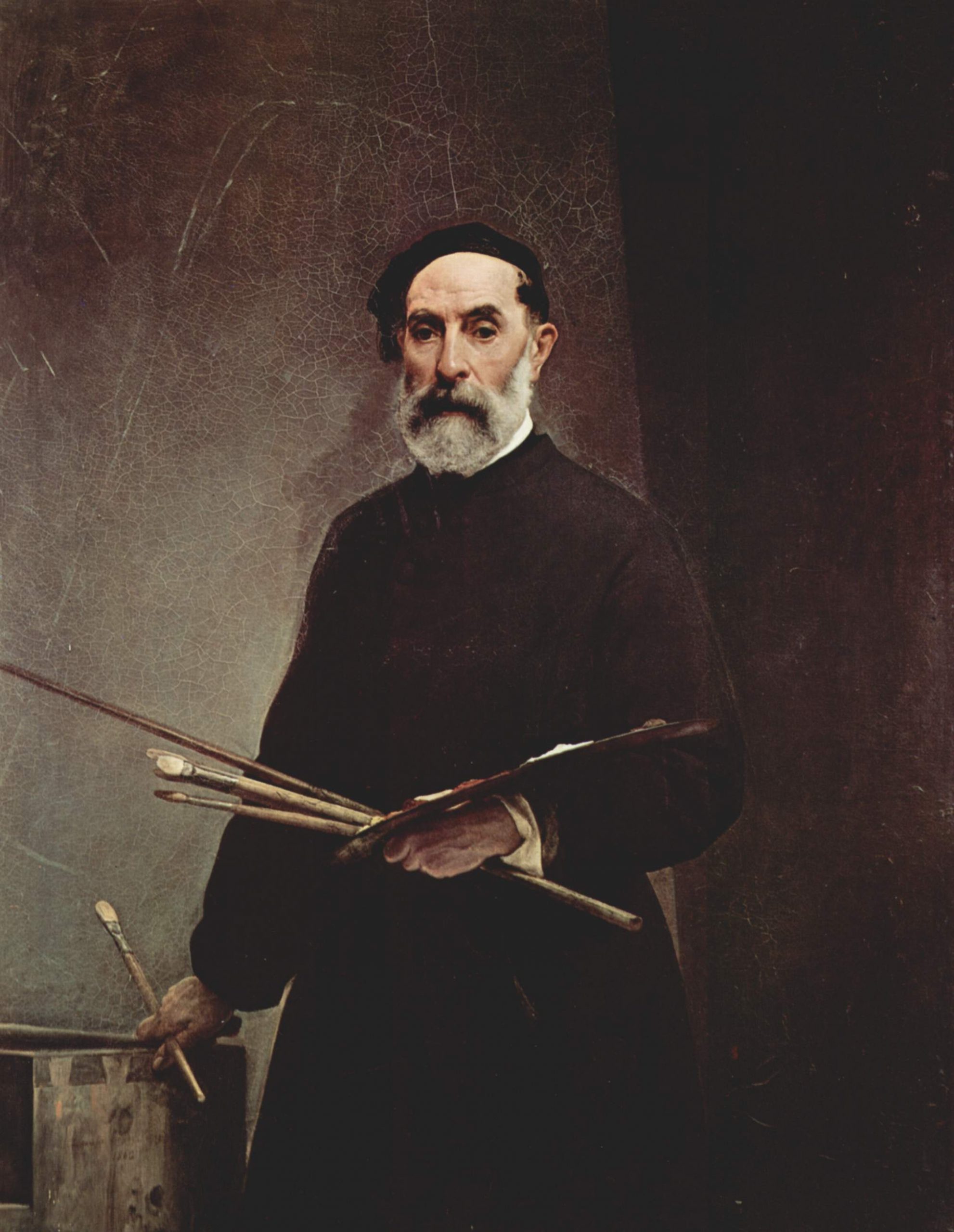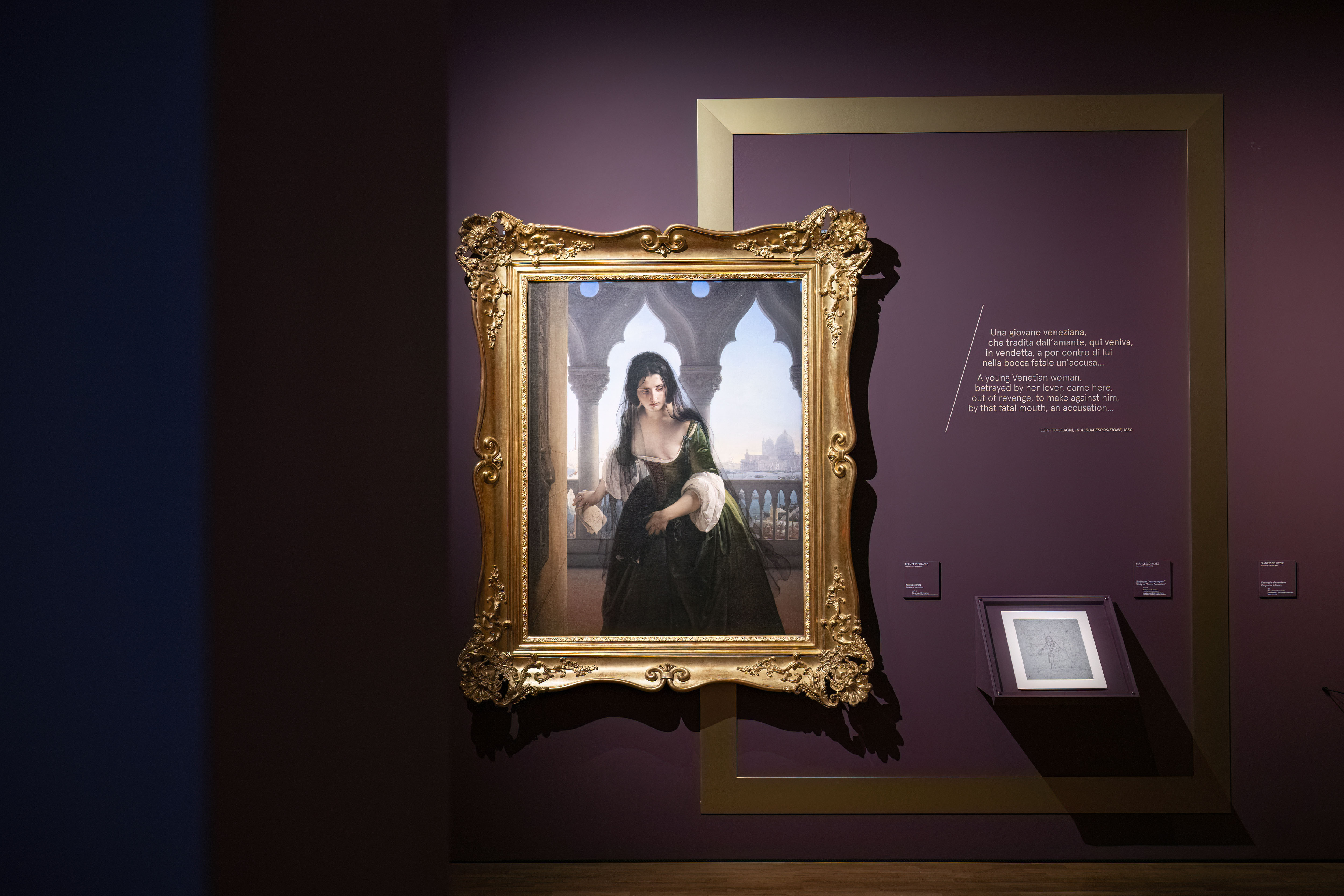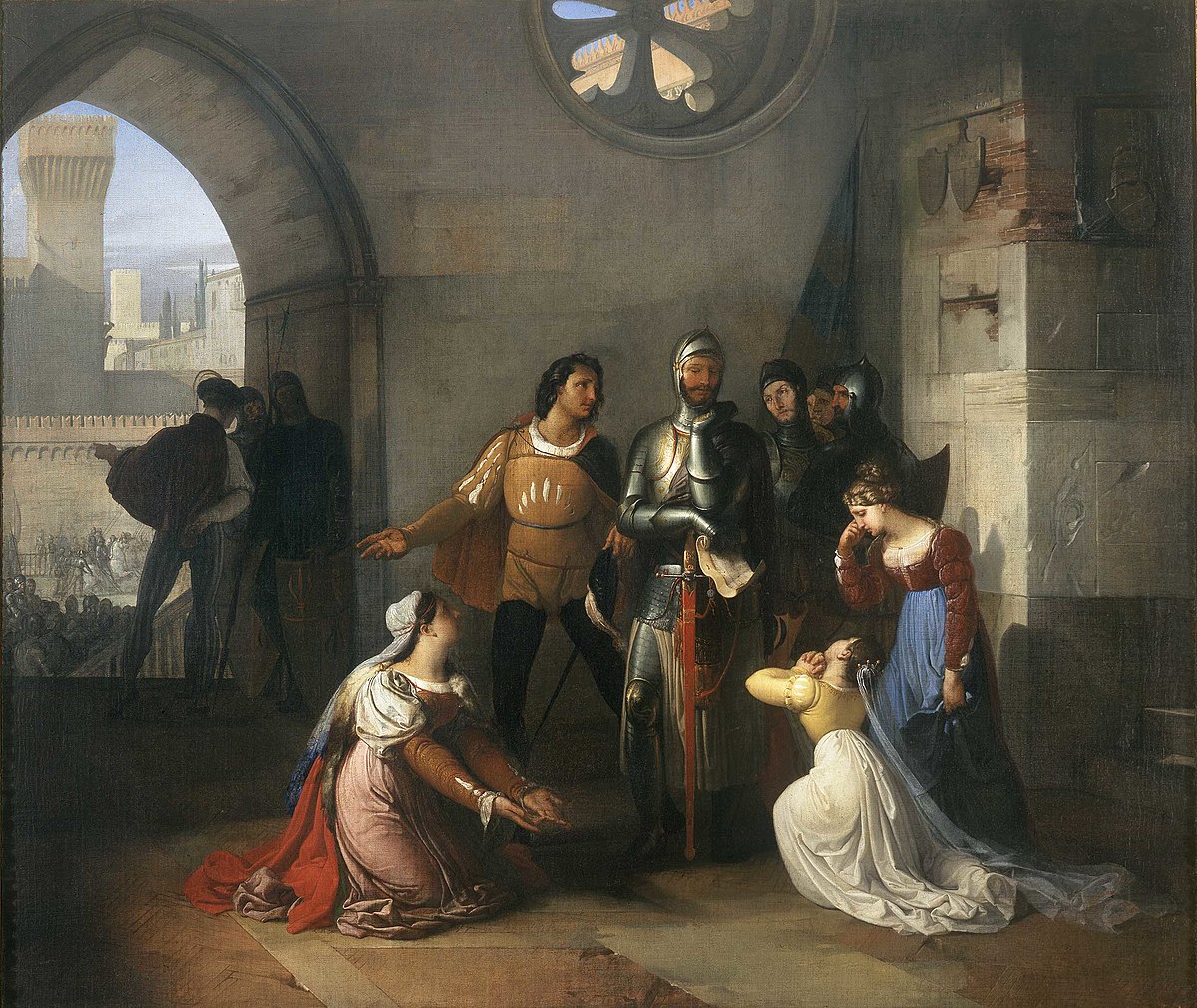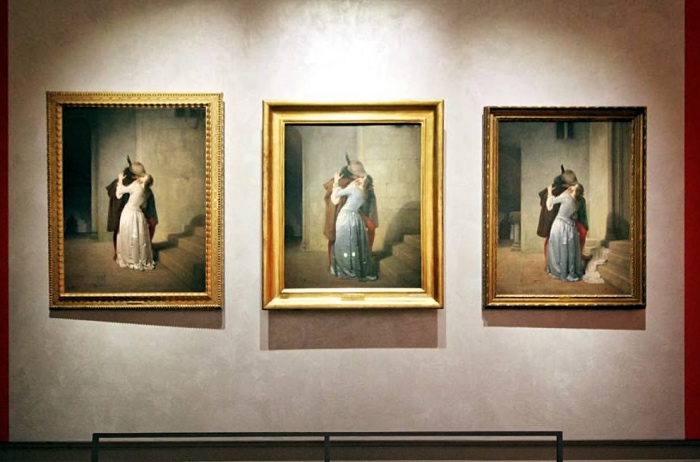
Francesco Hayez, autoritratto
Did you know that to know the life and works of Francesco Hayez is to know Romantic art in depth, which shaped Italian culture?
Born in Venice in 1791 and died in Milan in 1882, Hayez is the artist of Italian Romanticism par excellence. He was in fact an undisputed protagonist of the era that saw the transition from Neoclassicism to Romanticism, becoming the most representative Italian painter of the latter style. Hayez was not only an artist as he played a fundamental role in the unification of Italy with his works full of symbols and strong patriotic sentiment.
Everything you need to know about the life and works of Francesco Hayez

Francesco Hayez’s life began in Venice. His childhood was marked by poverty, so much so that he was entrusted to an uncle who was an art dealer by trade.
From an early age, he showed a predisposition for painting and his artistic training took place in Francesco Maggiotto’s workshop and continued at the Accademia di Belle Arti in Venice.
His talent was rewarded with a prestigious scholarship that allowed him to go and study in Rome, where he met Antonio Canova, and later led him to win the Gran Premio di Pittura dell’Accademia di Milano. in 1812.
FROM VENICE TO MILAN: THE SUCCESS OF HAYEZ
Milan became the main centre of Hayez’s life and works. Here he emerged as a painter of historical subjects and established himself as a successful portraitist.
The portraits that Hayez produced possess great realism and a profound psychological introspection of their subjects, so much so that some of them are considered the most beautiful of his time.

Pietro Rossi a Pontremoli
THE WORKS OF HAYEZ
Hayez was the painter of the Napoleonic Italian, but he was above all an interpreter of the ideals of the Risorgimento, supporting the battles that led to the Unification of Italy.
It is no coincidence that Giuseppe Mazzini considered him the leader of the Italian Pittura Storica school.
If in his early works Hayez was faithful to the style of Neoclassicism, with the painting ‘Pietro Rossi at Pontremoli’ of 1820 the artist began his transition to Romanticism.
In the painting, Hayez describes a historical episode from medieval times with precision and pathos, emphasising his desire to give past events a strong emotional component.

Le tre versioni del Bacio di Hayez in mostra a Milano tra il 2015 e il 2016.
Hayez is most famous for having painted the Kiss.
The three versions of Hayez’s Kiss are preserved in three different places, but the most famous is the one exhibited at the Pinacoteca di Brera.
This painting is the symbol of Italian Romanticism and depicts a passionate kiss between two young lovers. The emotion emanating from the work is strong and it is full of symbols that recall the Risorgimento, making it an icon of that era.
Finally, I cannot fail to mention the portraits of Alessandro Manzoni, Cavour and Massimo D’Azeglio, which are still considered the best to describe these three protagonists of the Unification of Italy.

